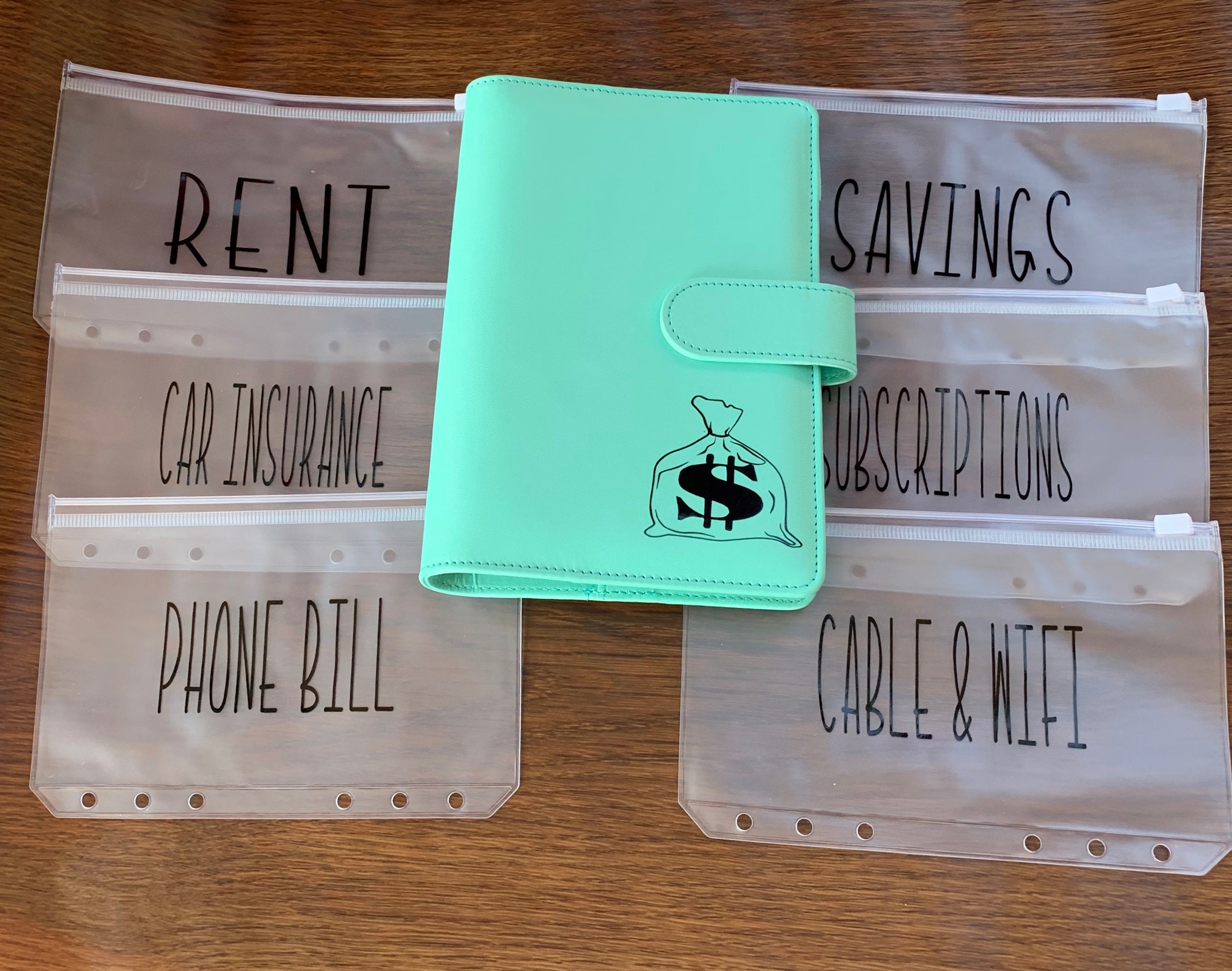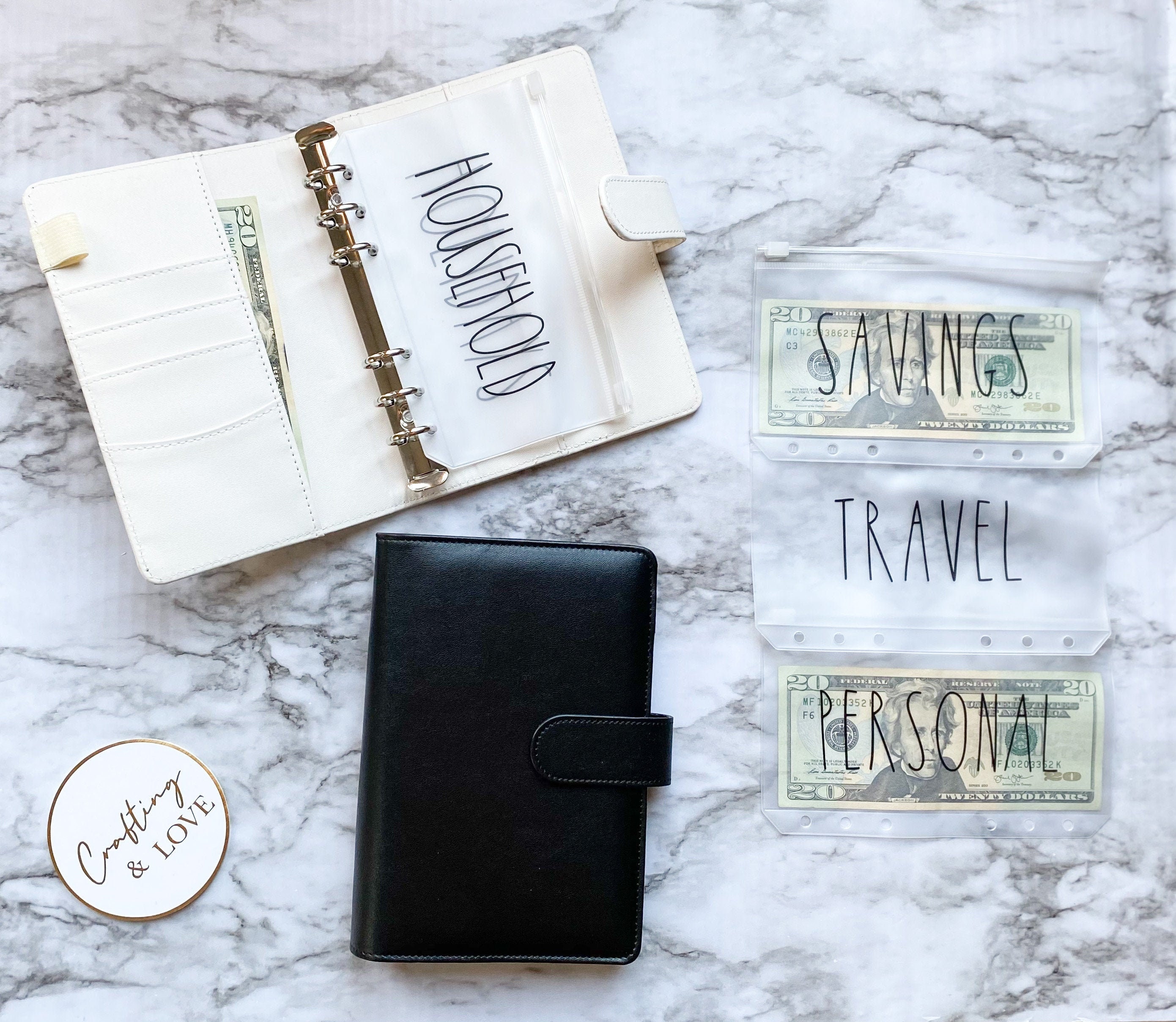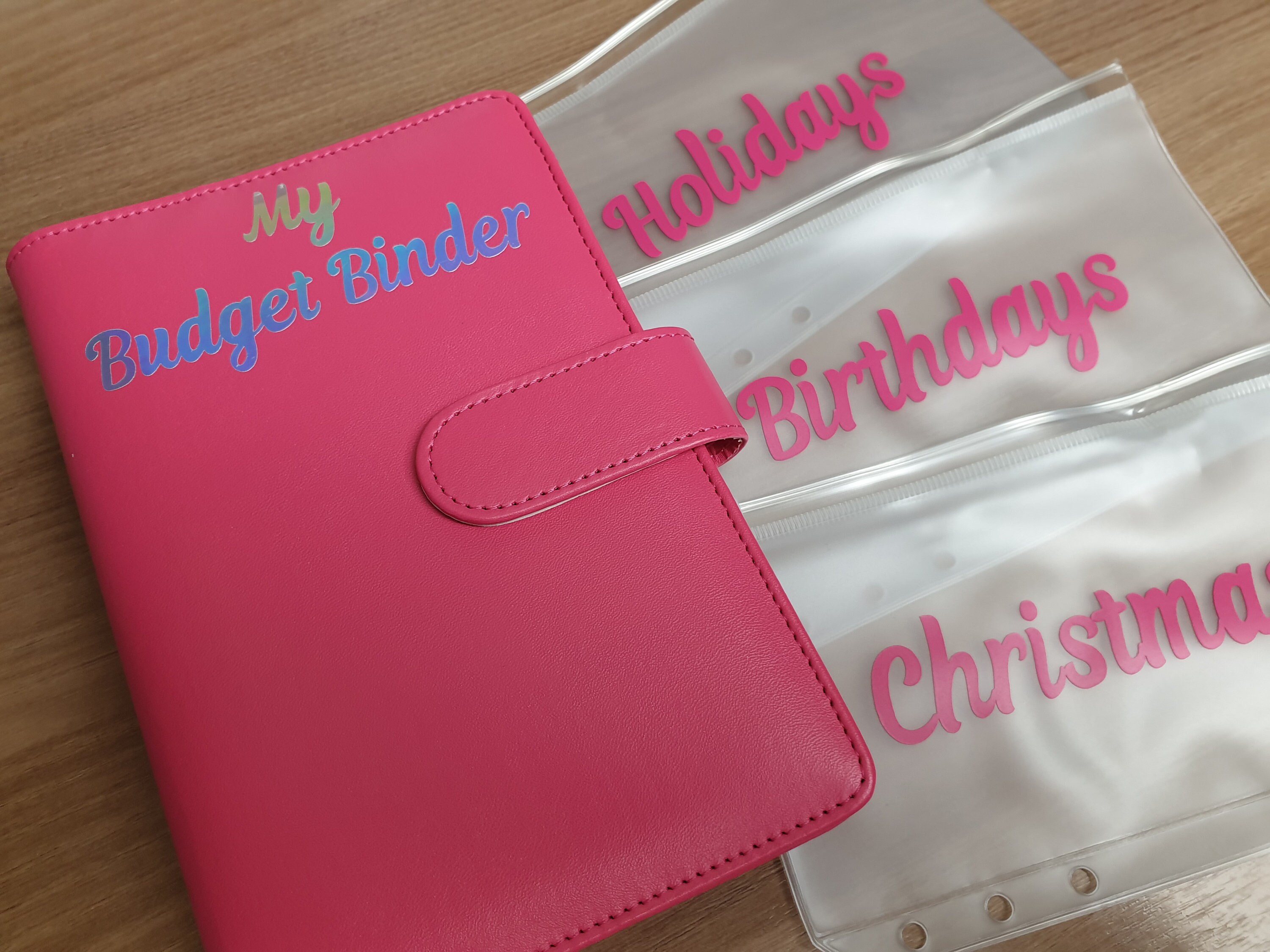

Download templates or create your own trackers That said, you can also keep a lot of the documents that don’t require your attention regularly in a separate file box or cabinet and keep your budget binder less complicated.

If you want to keep your budgeting plan as straightforward as possible, you can simply use a box or filing cabinet to store your cash envelopes. Here are some ideas to consider: Stick to the envelopes

There are a lot of different budgeting binders out there, so it’s important to take the time to consider multiple options and choose the one that works best for you and how you want to manage your money.

You can keep your cash envelopes in a binder for easy access and also use the budget binder to plan and keep track of the following:
#Cash envelope binder manual#
“A budget binder involves manual budgeting and tracking of spending and possibly even cash envelopes to break out that budget.” “It makes the whole process more tangible,” says Tom Drake, founder of MapleMoney, a Canada-based personal finance website. It allows you to keep all of your money management plans and paperwork in one place and keep everything organized in a way that works for you. What is a budget binder?Ī budget binder is essentially a day planner for your money. Here’s how budget binders work and a few budgeting binder ideas you can consider. In lieu of a budgeting app, a budget binder for cash envelopes can help you stay on track with this plan. This zero-based budgeting approach helps you avoid spending more money than you’ve allocated to each spending category every month. The envelope budgeting system is a cash-only method that’s popular among people who prefer to avoid using credit cards or are working to pay down debt. There are many different ways to set up your budget binder, including “DIY” approaches or by downloading worksheet templates.Budgeting binders can help you keep your finances organized, especially if you’re using the cash envelope system.


 0 kommentar(er)
0 kommentar(er)
